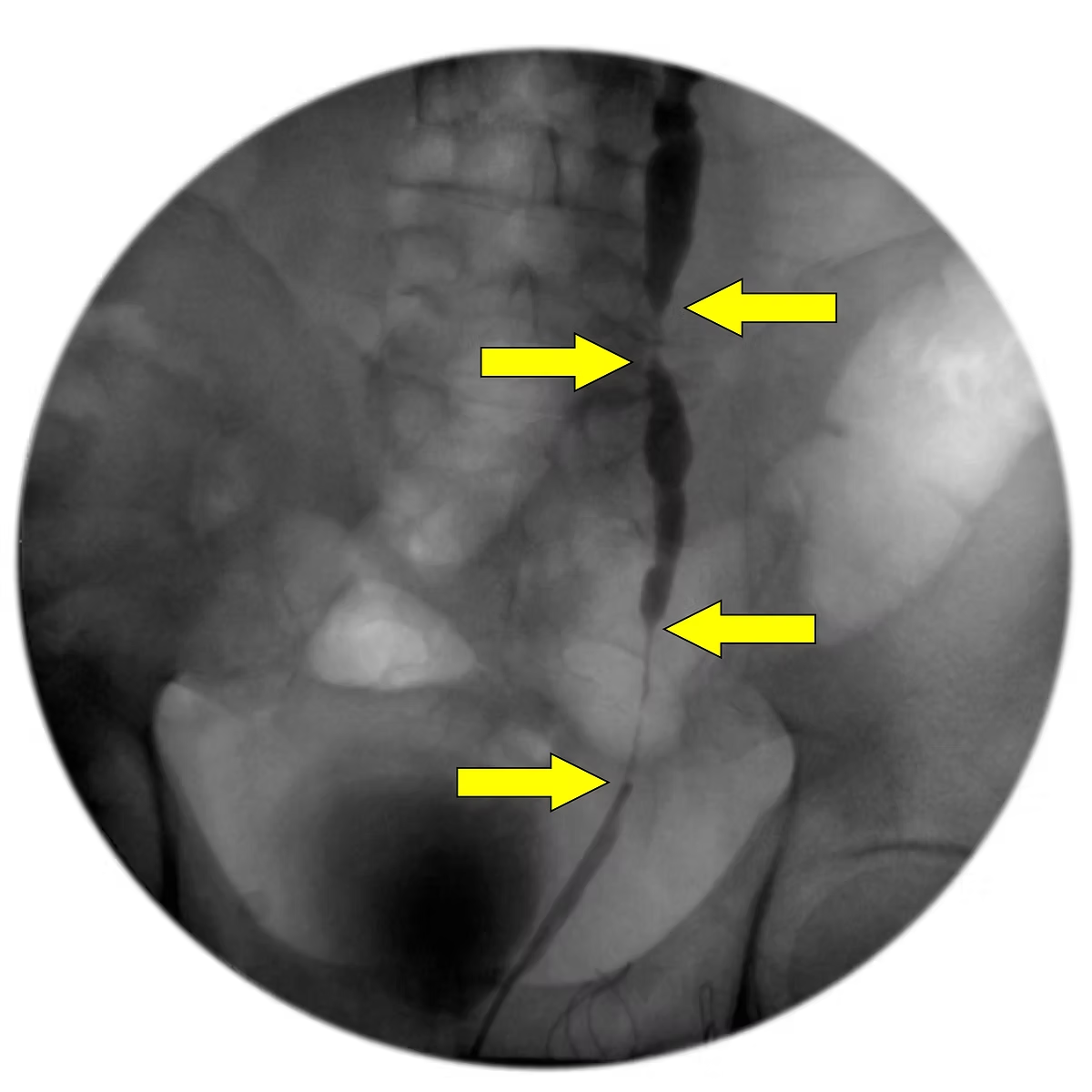Tulane Urology
Ureteroureterostomy
Ureteral strictures can occur for several reasons, leading to blockages in the ureter (the tube that drains urine from the kidney into the bladder). Common causes include multiple episodes of kidney stones, medical procedures involving the urinary tract, radiation therapy for cancer, and trauma such as gunshot wounds and surgical injury.
Early diagnosis and repair are crucial. In some cases, a nephrostomy tube may be placed to assist with drainage.
The key to diagnosis and treatment is determining the exact location and length of the stricture (whether it is a short or long segment) and identifying the underlying cause (radiation, trauma, or surgery). This information helps formulate a plan to remove the stricture and ensure normal urine flow from the kidney to the bladder.
Once a diagnosis is made, the procedure involves excising or removing the scar tissue in the ureter and reconnecting the healthy ends to restore normal drainage.
At Tulane Urology, we specialize in robotic procedures for managing these strictures, including:
-
- Ureterostomy: Connecting the two ends of the ureter after removing fibrous tissue.
- Ureteral reimplantation: Reattaching the ureter to the bladder if the stricture is near the bladder.
- Bladder Boari flap: Using a part of the bladder to bypass the narrowed (strictured) segment.

Right ureteral strictures between the arrows.

Multiple ureteral strictures caused by repeated instrumentation in a patient with recurrent kidney stones.
Management of these complex ureteral strictures requires master planning and experience.
